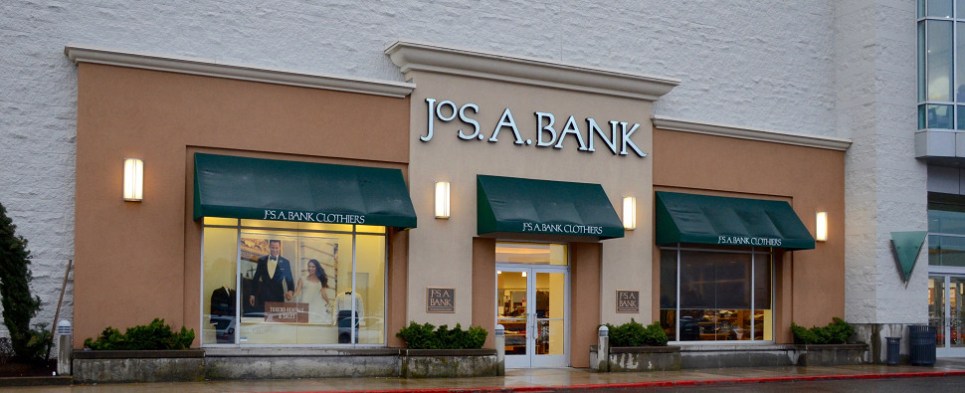Speeding the Supply Chain
Accelerating the supply chain. It’s a theme often encountered among logisticians and company executives. There is a relationship between speed and efficiency. There’s also the question of providing customers the level of service they demand.
“For the millennial generation, speed is extremely important,” said Mike Parsley, senior vice president for distribution and logistics at Tailored Brands, a company that own the Jos. A. Bank, Men’s Wearhouse, and Joseph Abboud stores, among others.
The company’s business, as its name suggests, is selling men’s tailored clothing. Most of the product is imported from overseas, including custom-made suits for which customers are measured in stores. Even tailoring for ready-to-wear products involves supply-chain and logistics considerations: besides tailoring in store, the company also operates six national tailoring centers what operate like manufacturing facilities to turn out alterations.
Tailored Brands operates over 1,500 retail stores, 28 company-owned depots, and 225 delivery vehicles. The company employs over 3,000 personnel in its supply chain group.
The company takes a consolidated approach to supply-chain management across its divisions in an effort to promote efficiency, reduce costs, and, above all, accelerate speed to market. The company has an ongoing project to further these goals using data and Teradata technology. Parsley spoke at a Teradata conference earlier this year, as did Scott Collen, a senior business consultant with the tech company.
Tailored Brands’ data problem starts with the fact that it has 22 different systems generating and processing data—everything from order and warehouse management systems, to transportation management, ERP, and various others.
“We didn’t have consolidated information,” said Parsely. “Sometimes a report from one group didn’t match a report from another.”
When the company approached Teradata, it came loaded with 19 different key performance indicators and reporting requirements. “We first approached the problem with business focused workshops and divided all the requests into six different functional areas,” said Collen. “We brought business experts to together with representatives of IT.” Some of the 22 systems some came from external providers, so they were included as well.
The workshops focused on discussing the KPIs and quantifying the value of each to organizational goals of inventory visibility and accuracy, supply chain speed, and improved customer service. Then they started to figure out what measurements they really needed to track. That process allowed the 19 KPIs to be whittled down to ten, and those remaining were prioritized. Then it was time to apply technology to business goals.
“We scoped out the project to approach it with agile sprints,” said Collen. “With the work that was already done we knew ahead of time knew what capabilities and data we needed so we were ready to deliver value as quickly as possible.”
The first phase of the project focused on distribution, from the time product arrived at DCs all the way to consumption. The second phase analyzed transportation times and costs.
“We use a regional distribution center concept,” said Parsley. “We want seasonal products to arrive at stores, whether in Houston or in Baltimore, at the same time. Understanding international and domestic transit times was extremely important for that effort. So was the data on how quickly DCs can get product out the door and into the stores.”
Among the results of the effort, Tailored Brands was able to lower DC processing time by over 50 percent in six months. “It was a matter of focusing on the required data each step in the process,” said Parley. “That allowed us to fine tune operations and get product through faster.”
The company also improved DC productivity by three percent. “A lot of this came through visibility of ships at port or product making its way through Customs,” said Parsley. “This enabled us to do better scheduling of labor.” In the first year of the effort, Tailored Brands improved its revenue, by getting product to stores faster, by a cool one-million dollars.





Leave a Reply